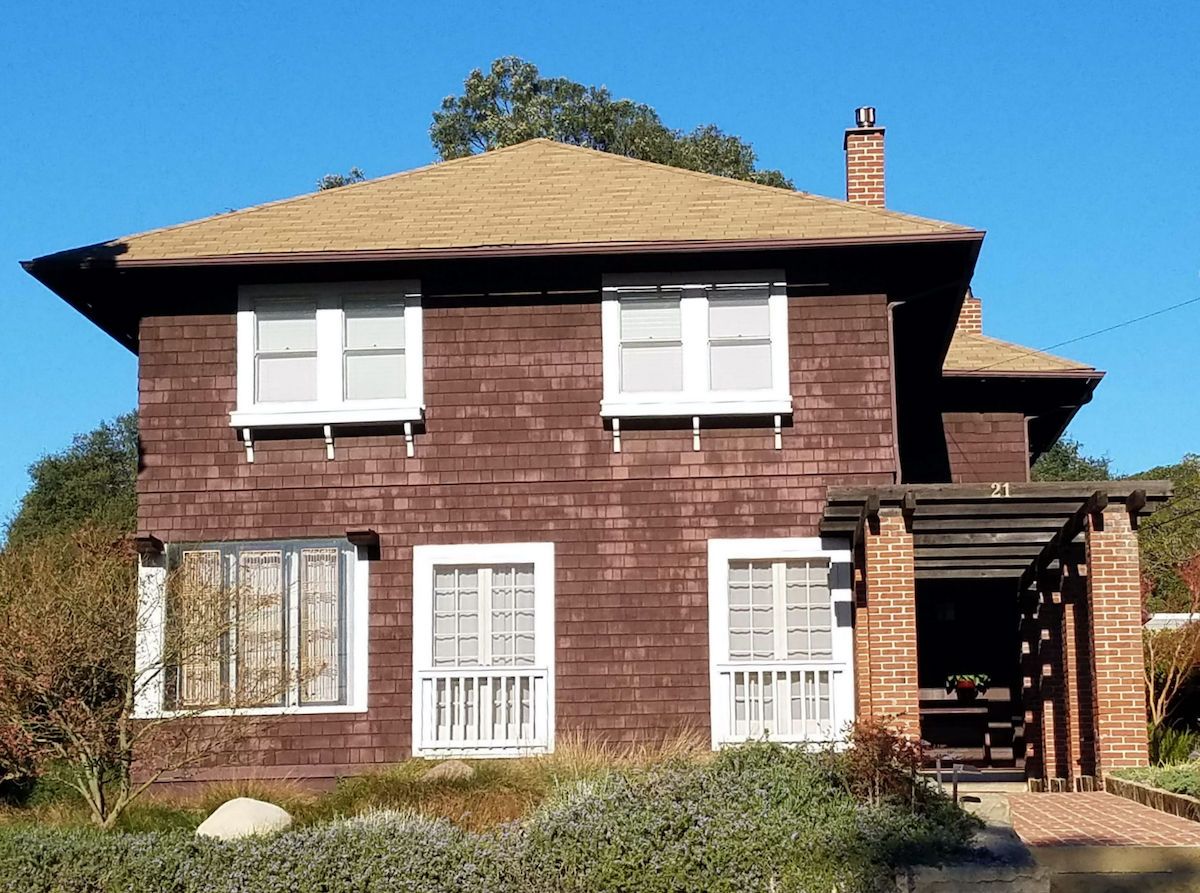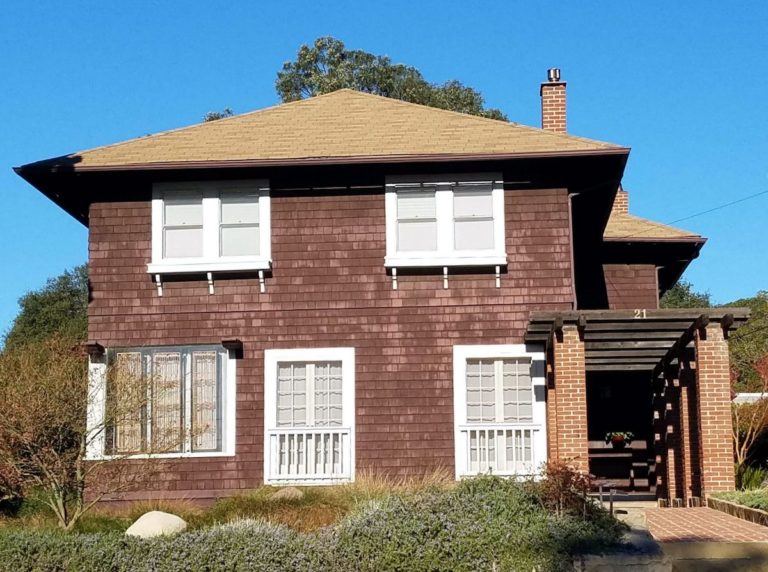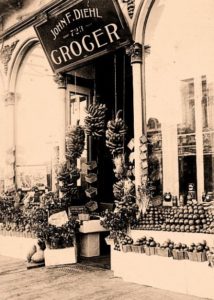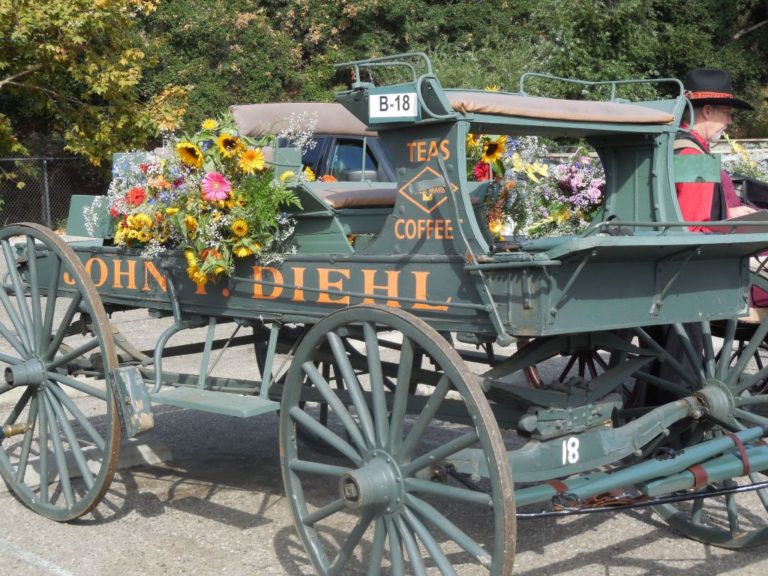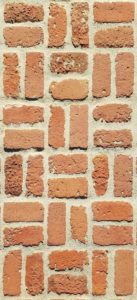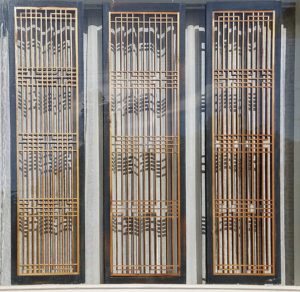Impossible Objects: Screen Prints by Ed Lister March 13 – May 8, 2021 Architectural Foundation of Santa Barbara Gallery
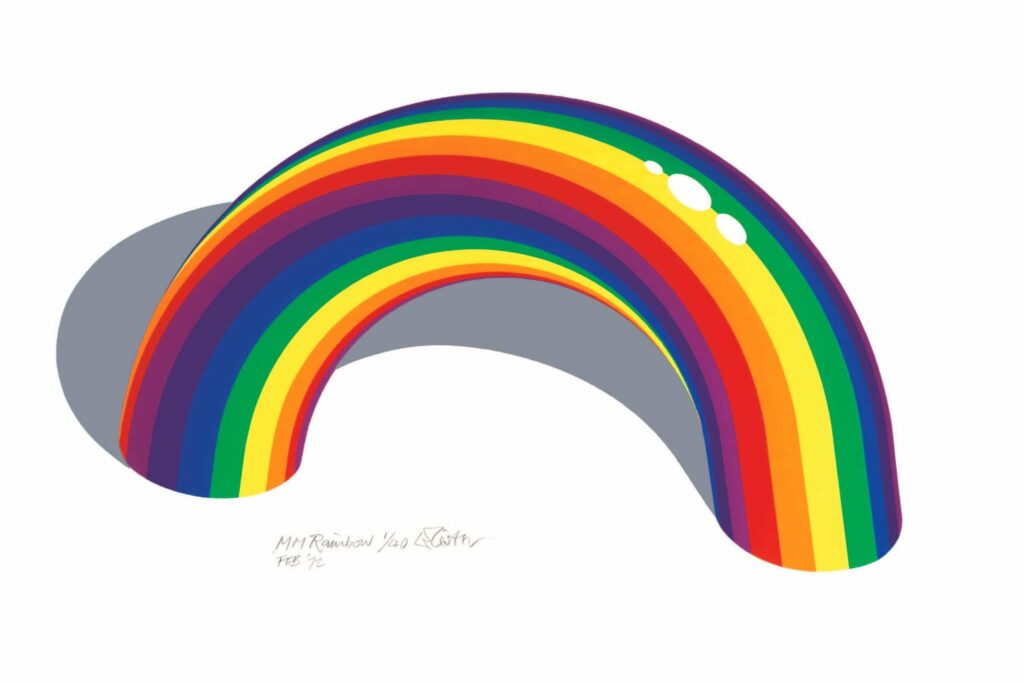
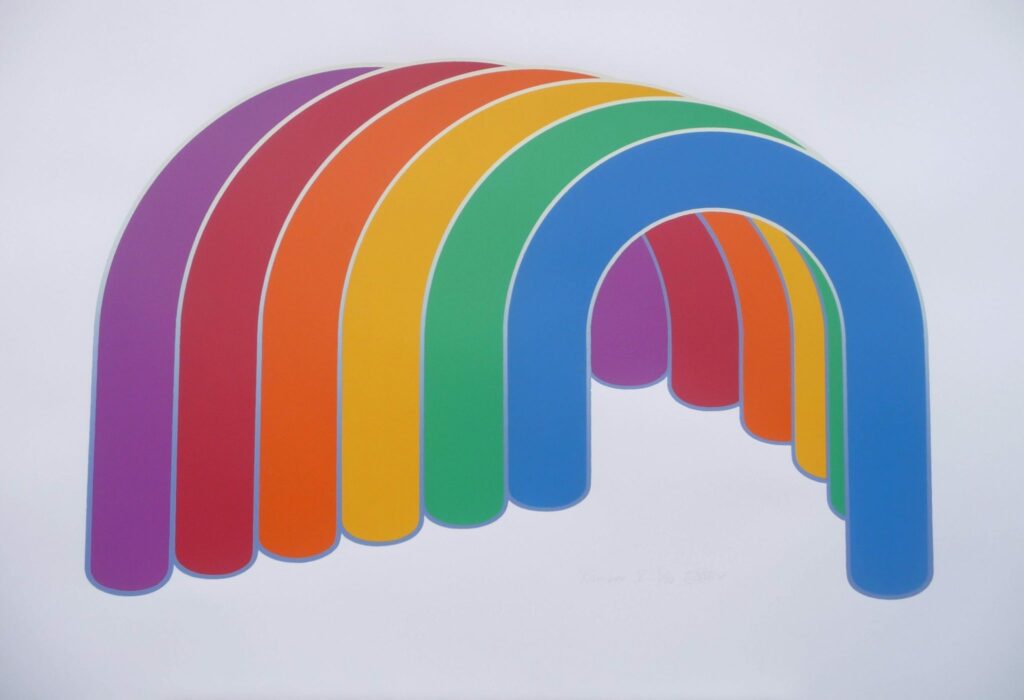
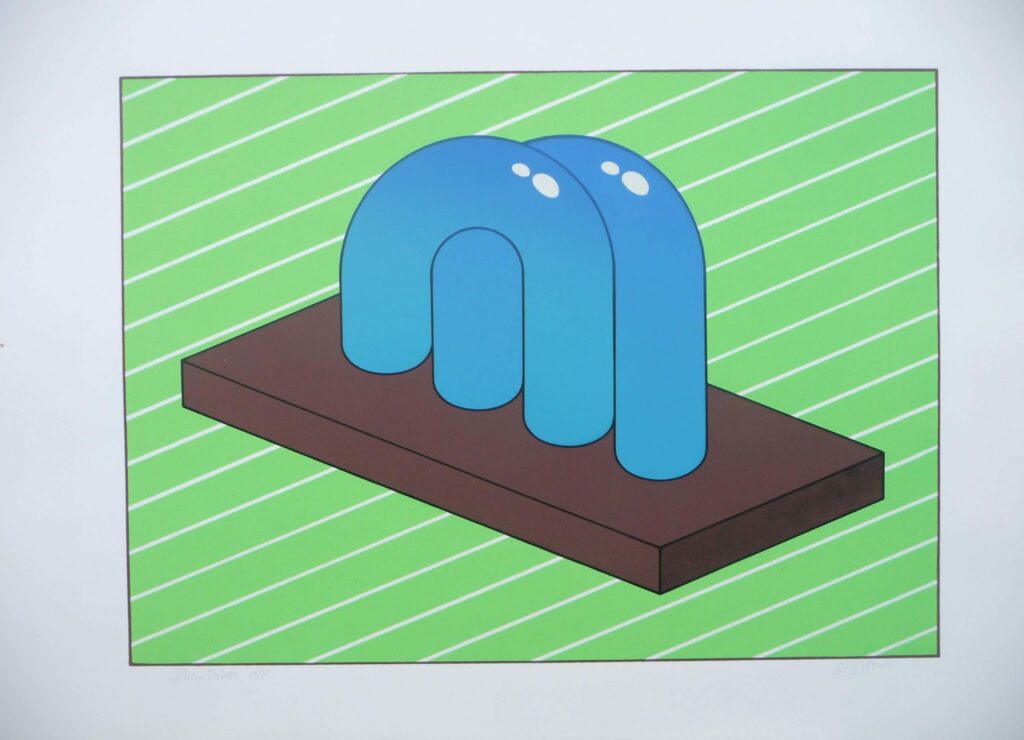
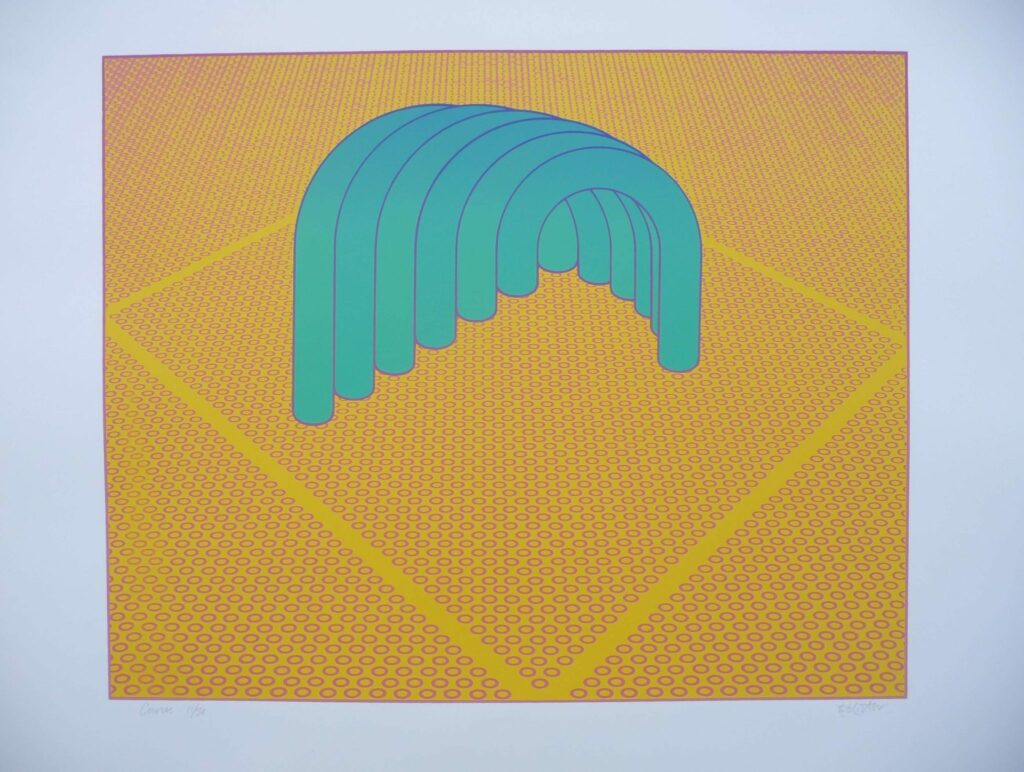
The AFSB Art Gallery at the Architectural Foundation of Santa Barbara is pleased to announce the opening of Impossible Objects, an exhibition of vibrant, abstract silkscreen prints, or serigraphs, by Ed Lister.
Ed Lister, known in Los Angeles and Santa Barbara as a skilled scenic artist, created this series of “impossible objects” in the early 1970s while teaching printmaking at the Chelsea School of Art in London. After teaching art for twelve years, Lister moved to California. Starting in the mid-70s he worked for ten years as the lead scenic artist for the Center Theatre Group at the Taper and Ahmanson Theaters in Los Angeles. Subsequently, he painted backdrops and installations as wide as 400 feet for TV, movies, and destination resorts, hotels, and casinos.
More recently Lister was commissioned to paint a 60 feet-wide mural encircling the Bisno Schall Clock Gallery of the Santa Barbara Courthouse that depicts our perception of time and various ways of recording it (http://www.bisnoschallgallery.com). Although he loved working on such a large scale, Lister now paints more modest-sized images concerned with iridescent and reflective seascapes and skies.
Created fifty years ago, these striking, hand-pulled prints play with our contemporary sensibilities and logical brains in their resemblances to imaginative digital images. Of all the printing techniques, Lister most relished executing screened images with areas of pure color put down in a clean and direct manner. In this series, he created improbable, mind-bending objects that cannot exist other than on a flat surface. Intrigued by their bold colors and shapes, our eyes are lured in, then our assumptions of reality are challenged.
The Architectural Foundation of Santa Barbara has been dedicated to expanding our community’s appreciation of the built environment since 1983. The AFSB Gallery is located in the historic Acheson House at the corner of Garden and East Victoria Streets in Santa Barbara. Regular gallery hours are Saturdays from 1:00 to 4:00 pm and weekdays by appointment.

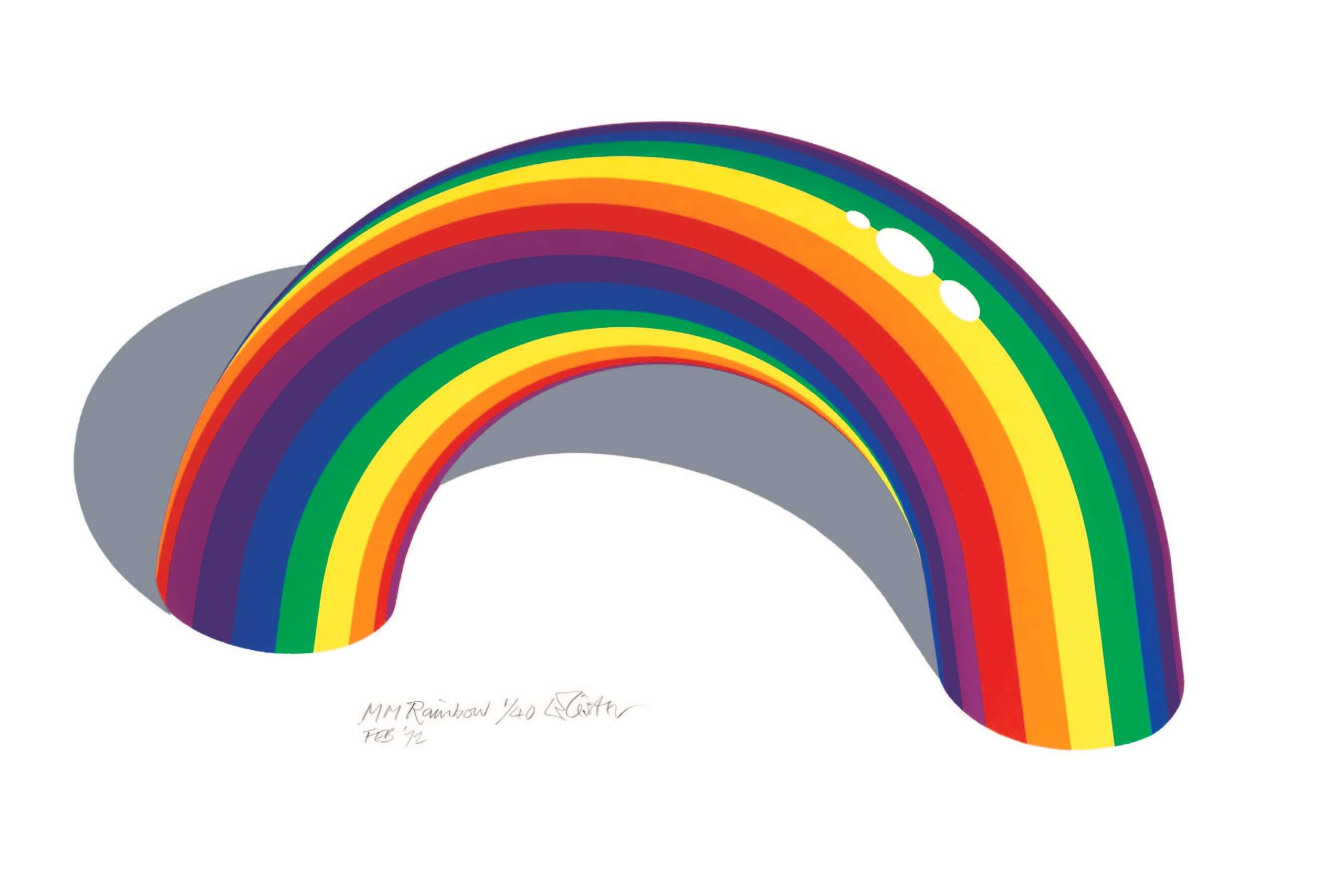
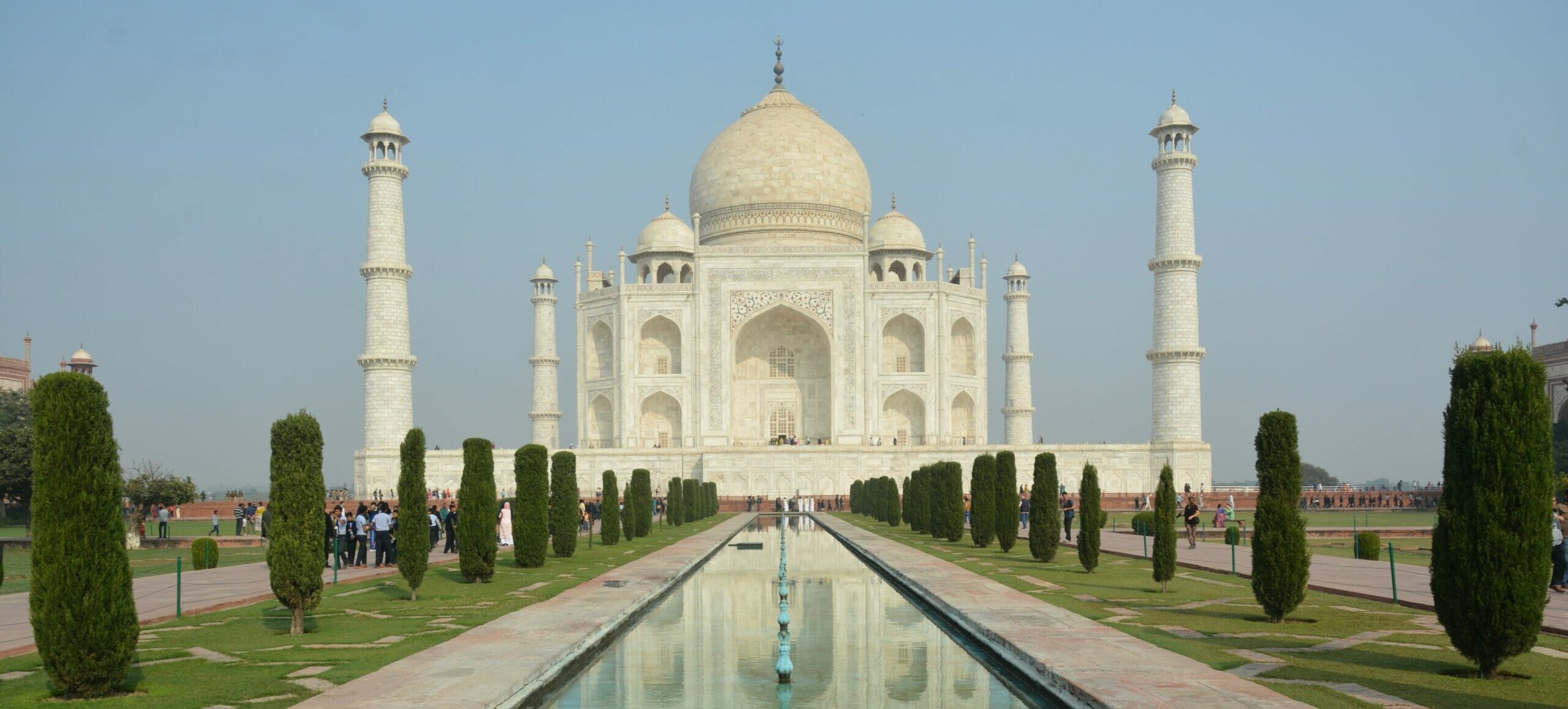
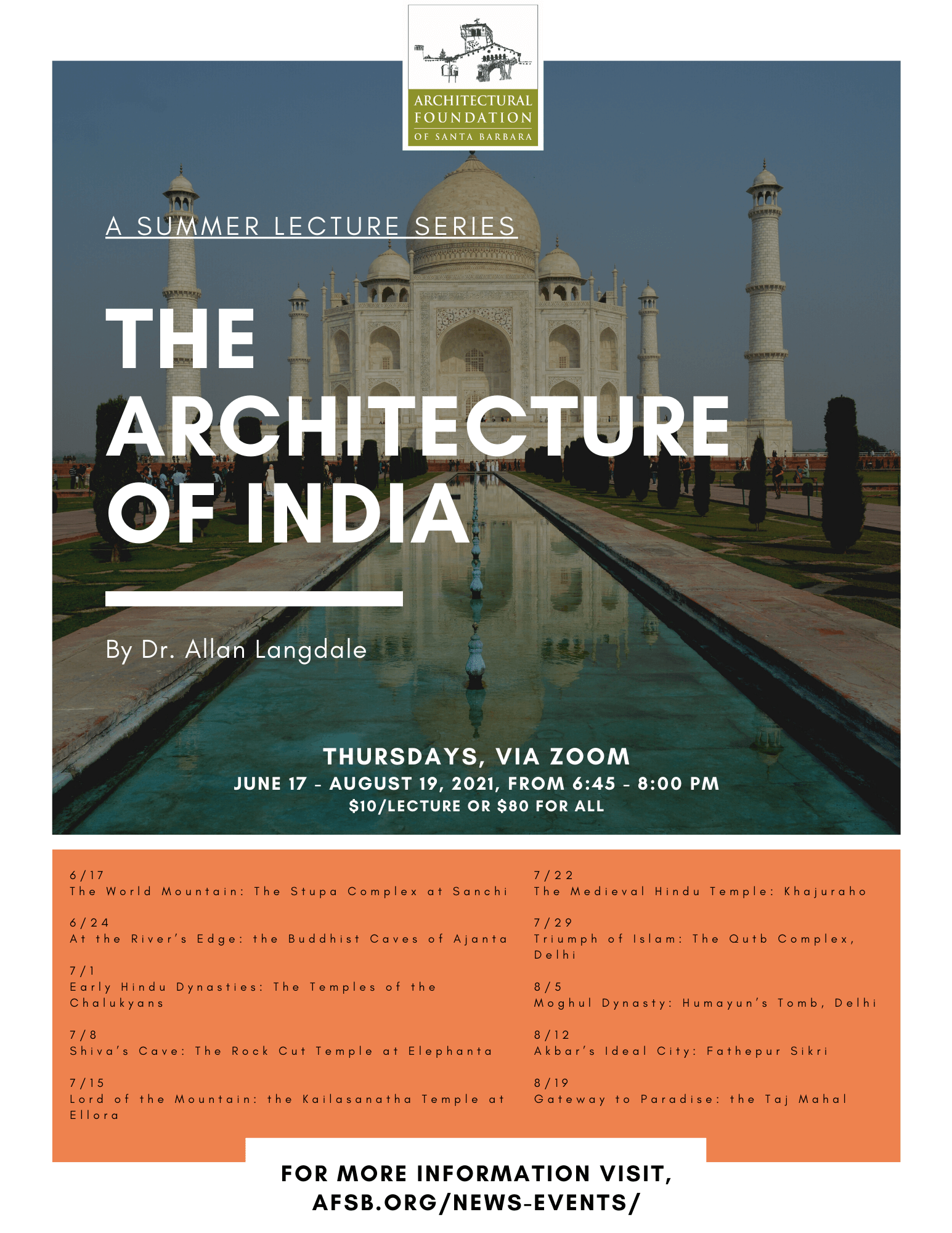
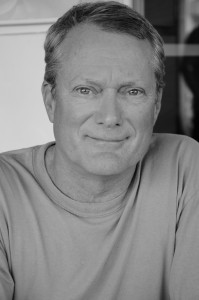 Allan Langdale has had seasons of powerful lectures with the Architectural Foundation of Santa Barbara, including several sold-out lectures. He has his PhD in art history from UCSB and currently teaches at UC Santa Cruz. He also works in the tourism industry for Smithsonian Journeys and Zegrahm Expeditions, doing about a dozen trips a year. Allan is the author of several articles and books, including Palermo: Travels in the City of Happiness (2014) and The Hippodrome of Istanbul / Constantinople (2020). His travel blog can be found at ‘Allan’s Art and Architecture Worlds’:
Allan Langdale has had seasons of powerful lectures with the Architectural Foundation of Santa Barbara, including several sold-out lectures. He has his PhD in art history from UCSB and currently teaches at UC Santa Cruz. He also works in the tourism industry for Smithsonian Journeys and Zegrahm Expeditions, doing about a dozen trips a year. Allan is the author of several articles and books, including Palermo: Travels in the City of Happiness (2014) and The Hippodrome of Istanbul / Constantinople (2020). His travel blog can be found at ‘Allan’s Art and Architecture Worlds’: 